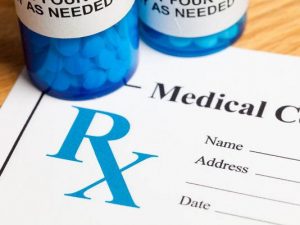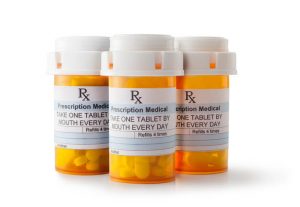En-Vision America ScripTalk sound labels are available at Walmart and Sam’s Club pharmacies.
The labeling system places an RFID tag at the bottom of the patient prescription vial, which is then placed on a battery-powered device called the ScripTalk Station, which is provided to the patient free of charge. The station reads out information about the prescription aloud to the patient, including his name, prescription number, drug name, dosage, instructions for use, warning, educational leaflets and pharmacy information.
More than 3.4 million (3%) of Americans over 40 are either legally blind or have visual impairment (defined as having VA 20/40 or less). An estimated 17% of those aged 65 and over report “vision problems.” A survey of income and participation in the program for 1999 showed that blindness or vision programs are among the top ten people with disabilities for adults 18 years and older.
Therefore, pharmacists play a key role in ensuring that patients with visual impairments are able to take medications correctly.
 Since its introduction in 2012 at 3 Walmart locations, nearly 3,100 Walmart and Sam’s Club pharmacies have been equipped with sound labels for prescription drugs, and more than 750 pharmacies have been installed over the past 3 years. According to the company, an average of 25 additional Walmart and Sam’s Club pharmacies are created to provide ScripTalk labels every month.
Since its introduction in 2012 at 3 Walmart locations, nearly 3,100 Walmart and Sam’s Club pharmacies have been equipped with sound labels for prescription drugs, and more than 750 pharmacies have been installed over the past 3 years. According to the company, an average of 25 additional Walmart and Sam’s Club pharmacies are created to provide ScripTalk labels every month.
“The American Blind Council is thrilled by Walmart and Sam’s Club are demonstrating their commitment to safety and accessibility for the visually impaired through ScripTalk accessibility, setting an important standard for accessibility in healthcare,” said Eric Bridges, executive director of the American Blind Council, in a statement.
 Walmart and Sam’s clubs equip their ScripTalk pharmacies at the request of one patient for the system, usually within 7-10 days.
Walmart and Sam’s clubs equip their ScripTalk pharmacies at the request of one patient for the system, usually within 7-10 days.
There are several strategies to improve adherence to medication among patients with visual impairments, including the use of large print, prescription color-coded vials based on the time of day they should be taken, and Braille labels.
Hearing aids, such as applications, have been used in some cases, but Walmart and Sam’s Clubs were the first to introduce such widespread use of the talking prescription label system.




